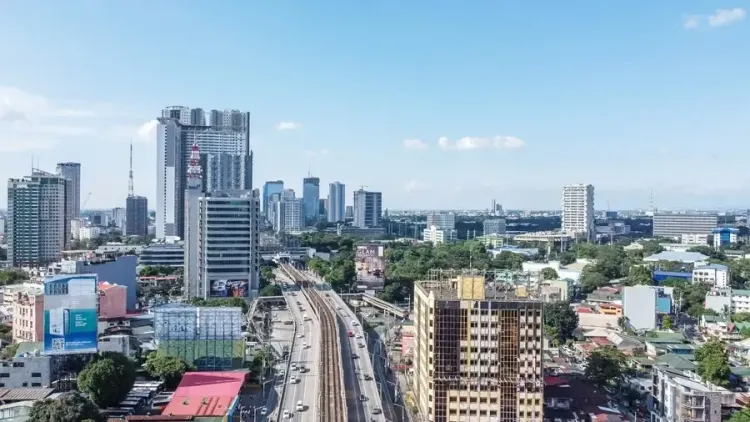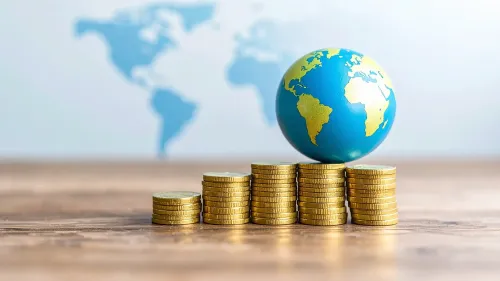Has Philippine Inflation Accelerated to 1.7% in September?

Synopsis
Key Takeaways
- Philippine inflation reached 1.7% in September.
- Transport and food costs are major contributors.
- Core inflation decreased to 2.6%.
- The government is implementing measures to stabilize prices.
- GDP growth is projected at 5.6% this year.
Manila, Oct 7 (NationPress) The headline inflation rate in the Philippines surged to 1.7 percent year-on-year in September, a rise from 1.5 percent in August, primarily attributed to increased costs in transport and food, as reported by the Philippine Statistics Authority (PSA) on Tuesday.
During a press briefing, PSA Chief Dennis Mapa highlighted that the overall inflation uptick in September was mainly propelled by a rise in the transport index, which increased to 1 percent from a previous decline of 0.3 percent in August.
Additionally, the annual rise in the food and non-alcoholic beverages index also contributed to this inflationary trend, registering 1 percent in September, compared to 0.9 percent the prior month.
Mapa noted that this inflation rate for September results in an average inflation rate of 1.7 percent from January to September 2025. Notably, the inflation rate was higher at 1.9 percent in September 2024.
Core inflation, which excludes certain food and energy items, decreased to 2.6 percent in September 2025.
In September 2024, core inflation was recorded at 2.4 percent, as reported by Xinhua news agency.
In another statement, the Philippines' Department of Economy, Planning, and Development indicated that September's data reflect manageable price fluctuations despite ongoing supply-side challenges.
Secretary Arsenio Balisacan remarked, "The slight rise in inflation highlights how sensitive domestic food prices are to supply disruptions. We are collaborating with various agencies to stabilize supply, ensure essential goods remain affordable, and protect household welfare."
Balisacan also mentioned that the Department of Agriculture will set up food corridors to reduce supply interruptions. These will include greenhouses, storage, and post-harvest facilities designed to enhance the resilience of our food systems.
A report from the Asian Development Bank, released on September 30, indicates that robust domestic demand, paired with controlled inflation, is expected to bolster Philippine economic growth this year and next.
According to the Asian Development Outlook (ADO) September 2025 report, the ADB anticipates the country's gross domestic product (GDP) to grow by 5.6 percent this year and 5.7 percent in 2026, maintaining last year's 5.7 percent growth.
The GDP forecast for 2025 remained unchanged from the July ADO estimate, while the 2026 growth projection was slightly revised from 5.8 percent in July. Nevertheless, the Philippines is predicted to be a significant economic player in Southeast Asia, with the second-highest GDP growth in the region.










